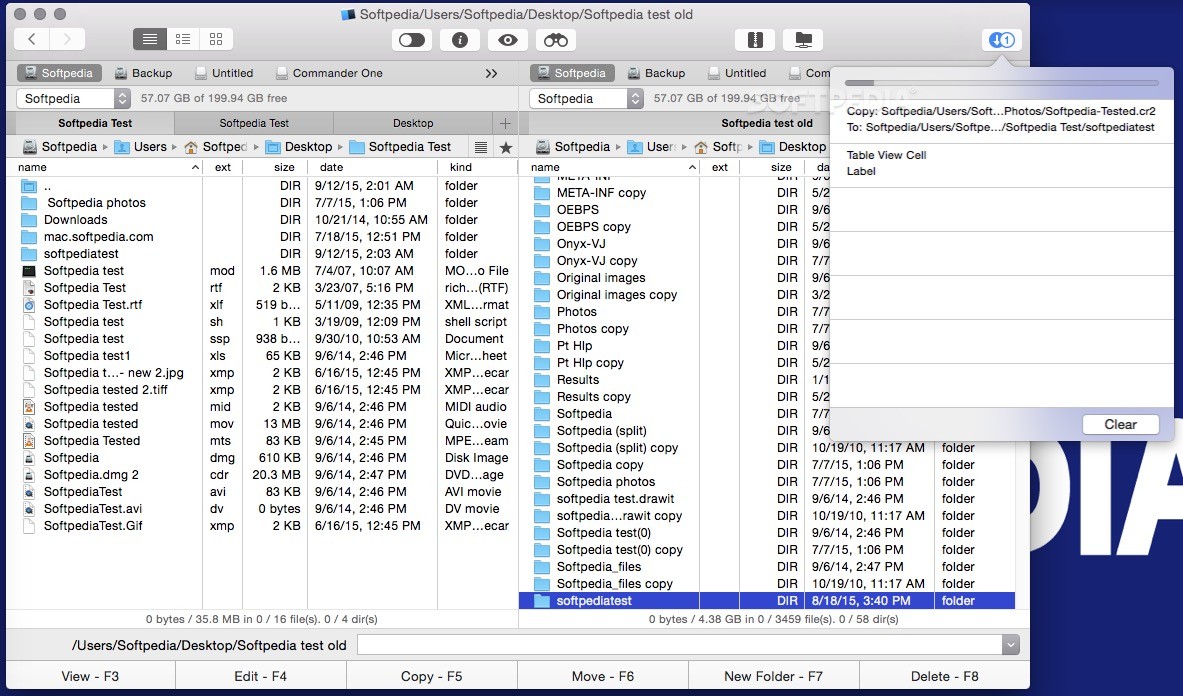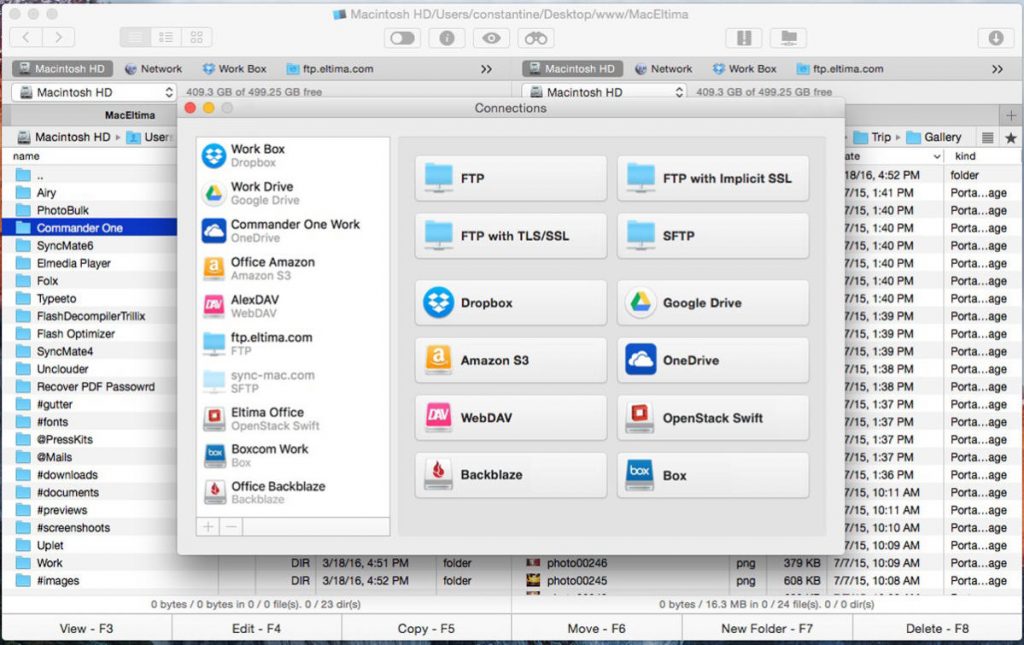

- #Commander one pro favorites how to
- #Commander one pro favorites Pc
- #Commander one pro favorites windows
Your OneDrive account will receive the file. Add the file to your OneDrive cloud account and simply click "Add" when the app opens. The method could be a terrific choice for you if you need to move smaller files more frequently. The storage space, upload time, and potential expense of this technology are its drawbacks.
#Commander one pro favorites windows
It can be accomplished by sharing the file with any Windows app that supports cloud storage services such as OneDrive. The cloud drive is another option for transferring files across your Windows devices. Step 5. By picking and dragging the files into another folder in a File Explorer window, you can copy them to the new PC.
#Commander one pro favorites Pc
Step 4. Remove the flash drive and place it in a USB slot on the other PC after you're finished. Step 3. Drag and drop the files you want to copy into the drive's folder. Open the File Explorer window and look for the flash drive's entry in the left pane. Place the flash drive in one of your computer's USB ports. Use a USB Flash Driveĭepending on the drive's capacity, USB flash memory devices, also known as memory keys and memory sticks, can replicate a few files or a large quantity of data. Here are three easier ways to transfer and copy files from one drive or one computer to another. Other Easier GUI (Graphical User Interface) Methods to Copy Files A high learning curve, more space for error, a vast number of instructions, and the inability to figure anything out by research are all downsides of the command line interface.

Use the Copy Command to Transfer Specific Files You can use the Copy and Xcopy command lines to copy files on your computer efficiently.
#Commander one pro favorites how to
How To Copy Files Using Command Prompt Step by Step Other Easier GUI (Graphical User Interface) Methods to Copy Filesġ. Copy Files Using Command Prompt Step by Step


 0 kommentar(er)
0 kommentar(er)
